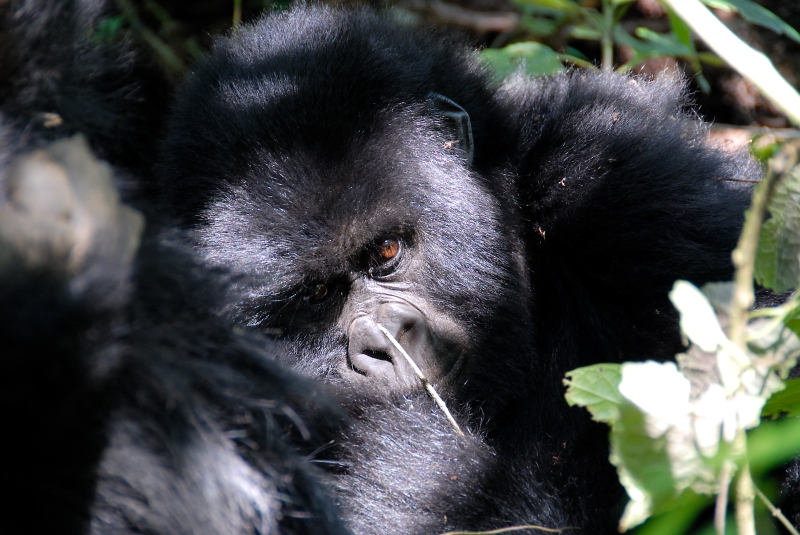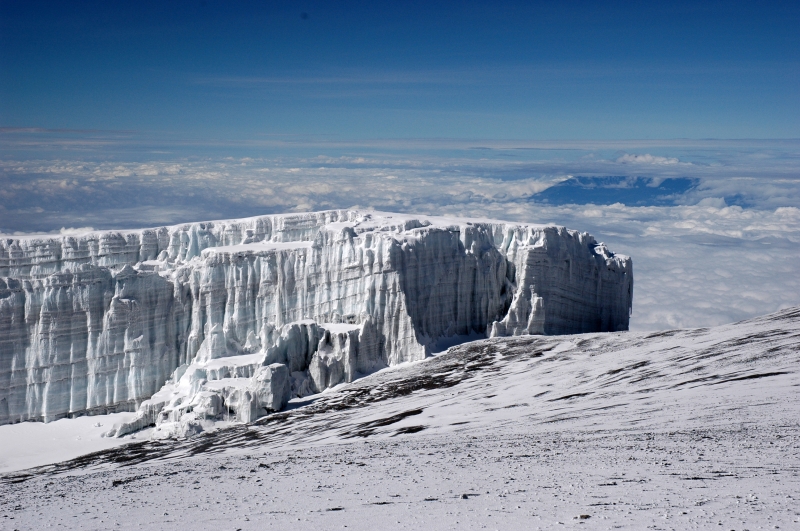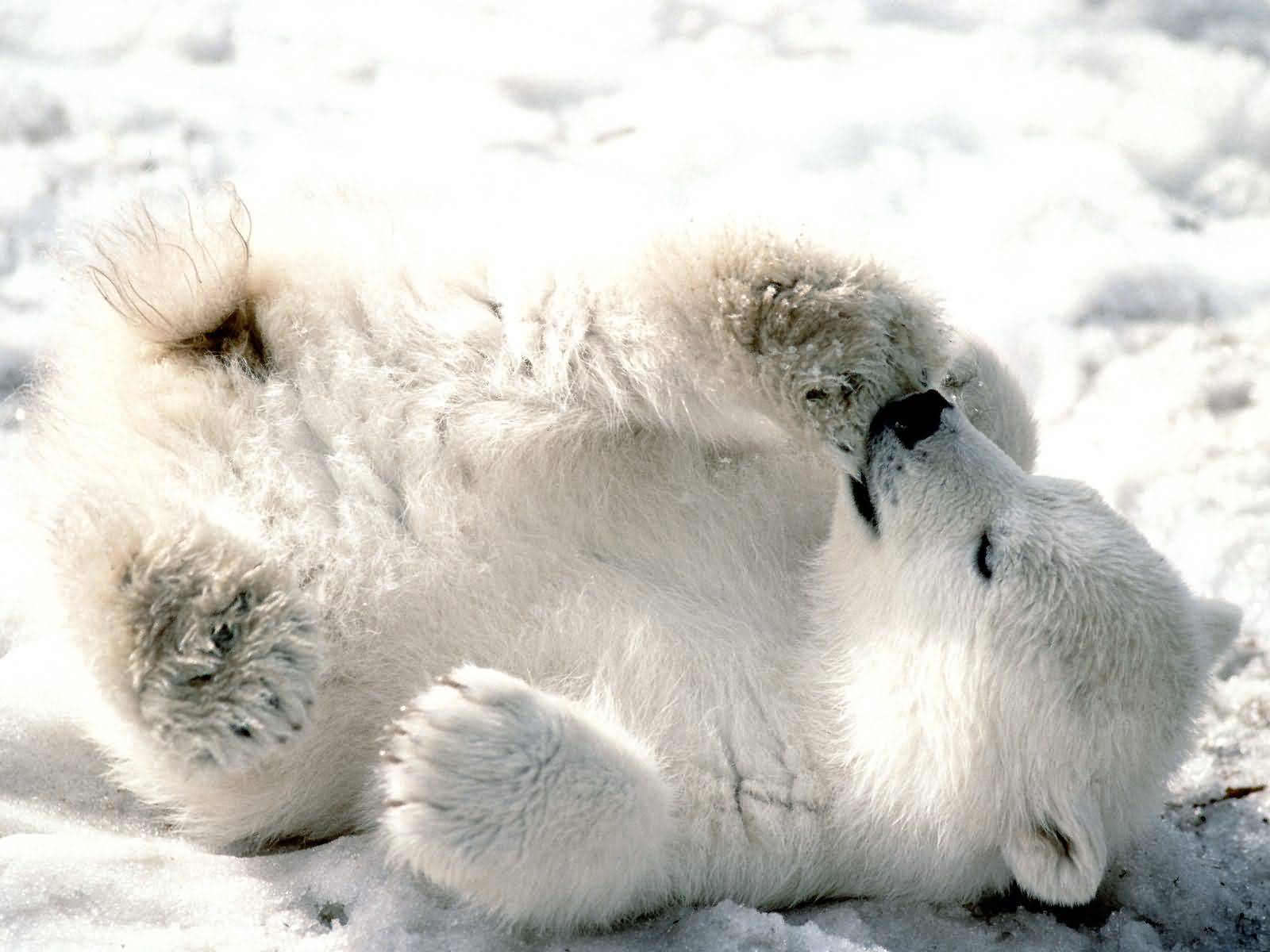
This is our home

Its biosphere is being endangered by the human activity. It is not a matter of "climate change" and "global warming". Those are subjects still under discussion and there is a controversy about the increase or decrease of earth's average temperature and its correlation to the human (i.e. anthropogenic) CO2 emissions.
To my understanding the problem can be summarised in a much more simple way: the earth hosts a population of 6.5·109 humans (six and a half thousand billions) which consume huge amounts of resources and generate waste at a large scale and at a very high rate. We humans have become a perturbation at the planetary level and there are facts and numbers that prove it. While the necessary scientific discussion on "which is the most reasonable approach to a global solution" goes on, there are things that we can do and that will help or mitigate our environment's degradation. Here are a few simple rules we can follow easily:
Help the others to become aware of the problem. Tell and explain them with good arguments. Do not transform environmentalism into a religion.
Save energy everywhere. Use low consumption electric appliances (class A), change the light bulbs by low consumption ones. You will save money as well.
Save fuel. Use public transportation (bus, train), share the car, take your bicycle or just walk. If buying a new car, think about hybrid engines. They are more expensive but not that much since they will allow you to save quite some money in petrol.
Save water. Water is a scarce resource, and it will be scarcer in the future. Take showers instead of bathing, fill the WC water tank with a bottle so that the load is reduced each time you press the button.
Recycle and dispose your waste in an intelligent way. There are many poisoning items in daily items like batteries, oil.
Minimise your impact on the environment. Limit the use of cleaning products, washing powder. Many of them are toxic. Use the towels at the hotels several days.
Tell the politicians that you are
worried about environmental policies. Wear a green ribbon![]() .
.
It won't take you that much but the impact can be enormous if many people follow it. I'm neither an environmentalist nor a fanatic, but I love to travel. Have a look at the following pictures and consider if it is worth to preserve those landscapes and creatures for the forthcoming generations.
 |
View of the K2, Broad Peak and Gasherbum IV from Concordia - Baltoro glacier (4600 m, Karakoram -Pakistan)
 Young gorilla at the Virunga National Park (Rep. Dem. of Congo) Highly endangered species |
 Glaciers of the Kilimanjaro (Tanzania). Close to disappearance. |
 Baby polar bear (taken from First People). Highly endangered species. |
Related sites
Visits since the 16th of April 2007

Last update 18/05/2007